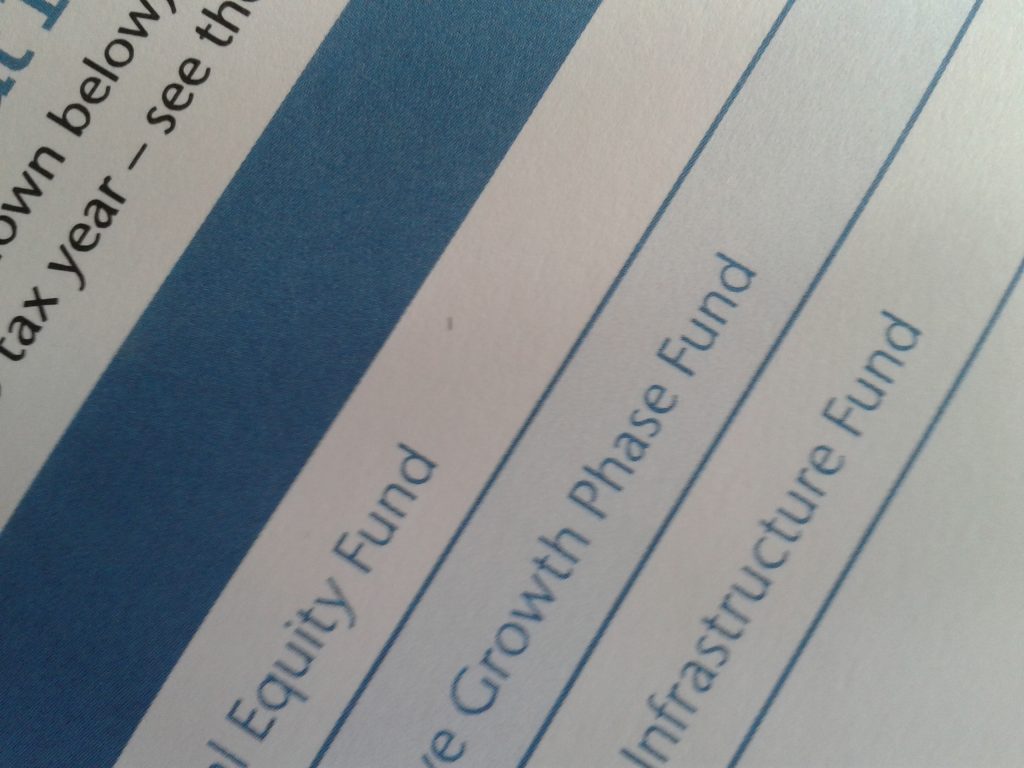
They plop through the letterbox about once a year. Pension statements. They tell you what your units in the various funds you are invested in were worth at some recent date (if you have a defined contribution (DC) pension – I am not talking about defined benefit (DB) pensions today as there are far fewer consequences of not making any decisions with these). They also tell you the estimated yearly pension at your Normal Retirement Date, based on the Statutory Money Purchase Illustration (SMPI) assumptions about what will happen over the intervening years, some of which are set out in the statement. However, for many it is even more scary than the bank statements they leave unopened for six months or their insurance renewals. Why is that?
Well it seems that pensions tick all the boxes for emotional “fear factors” that make some potential threats feel scarier than others:
- Human-made risks scare us more than natural ones. The basic reasoning is perhaps that natural things have been around for longer and therefore “stood the test of time”. That piece of paper with your pensions details on it is as man-made a thing as things come. And the more that pension providers seek to make them look slick and professional, with brightly coloured diagrams and soundbites extracted from longer bits of text, the more new and untrustworthy they can seem. Ingenious ways of hedging your investment risk within a pension fund which cannot be easily explained are also likely to make it feel more “unnatural” than a more direct investment.
- Imposed risks scare us more than those we take voluntarily. So one of the consequences of auto-enrolment may have been to make pensions appear as less of a voluntary process. Also the more restrictions that are placed on the investments you hold, the less control you will feel you have because:
- Some “expert” is needed to explain the restrictions to you;
- The restrictions almost inevitably mean that you need to behave in a different way to how you would have done otherwise (otherwise the restriction would not have been necessary). This might mean you have to put more money into it than you had intended, or in a different place to where you would have chosen or have to wait longer before you can take it out again.
- Risks to children scare us more. Newspapers and online articles are full of stories about how much worse off our children are likely to be as a result of threats to our pensions system: whether this is the retreat of defined benefit pensions or the reform of the state pension or the collapse of capitalism.
- We subconsciously weigh possible harms against potential benefits. This is the one to which pensions are particularly vulnerable. The harms are immediately obvious: money that we could be spending now on things which are important to us now are instead being funnelled away into a fund to which we have no immediate access. The benefits are uncertain, particularly now most of us are in DC arrangements, even within the current set of rules governing how pension schemes operate. But on top of this uncertainty is yet another layer of uncertainty concerning how those rules might change before we get our hands on our cash. We feel powerless and at the mercy of forces we don’t understand.
So what is to be done? I think that pension providers could address many of these fears by doing two things:
- Keep it simple. Only introduce complexity when the benefits are obvious enough to be explained simply. More complex financial instruments may be appropriate for corporate pensions (although often they are not). They are almost never appropriate for retail pensions. Make sure every fund you offer has an easily accessible factsheet which covers what it invests in, what it is trying to do and how much it will cost. At the end of each year you should be told how much interest (why do we use different words for fund growth depending on where it is invested?) you have earned on your fund and how much you have been charged for having your money in that fund. Just like you would on your bank account. Some funds do this very well already.
- Keep restrictions to the absolute minimum and let everyone know about them in advance. If someone is not going to be able to take advantage of some particular aspect of the pension freedoms now available, don’t wait until they try and do so. Tell them now. Few, if any, funds currently offer this.
Unfortunately there is probably not much that can be done about future pensions uncertainty. The future of the global economy is very uncertain and the UK’s economic future equally so. There is no political consensus over economic policy and the rules by which pensions are governed in the future seem likely to change in unpredictable ways over the next 30 years. But the simpler the products are, the easier they will be to regulate and the less likely they are to be affected in unforeseen ways by future changes.
I have deliberately avoided the question of pensions guidance or advice. This is because I do not think that people fear pensions advice itself, they fear paying for advice that they don’t understand and then making bad decisions as a result. This is a debilitating fear which is often discussed as if it suddenly struck as an individual approached retirement. In reality it has grown year by year as people feel powerless to affect what happens to the money everyone tells them they have been paid but which they have never seen other than in this annual pensions statement when it lands on the mat.
Take the fear out of that and it would change the pensions environment completely.

